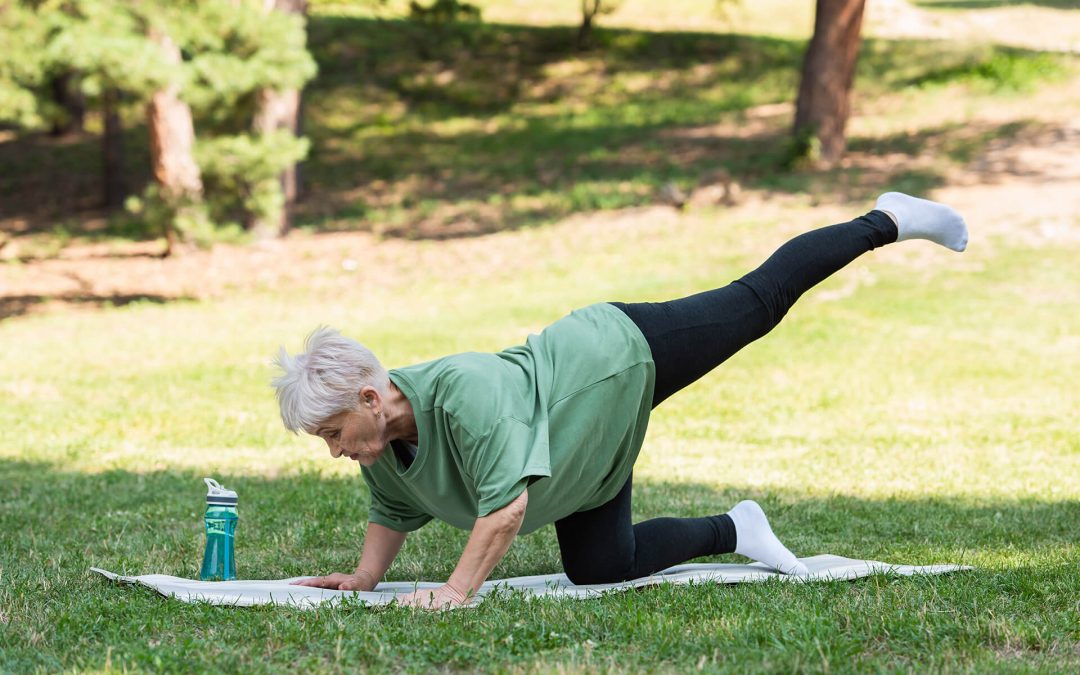Disclaimer: The content of this article may be triggering for some readers. If you feel overwhelmed by this article please book a 15 minute call with me immediately.
“In the aftermath of trauma, the world becomes a whirlwind of emotions. It’s like being caught in a storm without shelter. But remember, even in the fiercest storm, there’s a way to find peace.”
Navigating the Storms of Trauma
We often find ourselves adrift, tossed by waves of memories, emotions, and experiences. For those who have faced trauma, these waves can be particularly overwhelming, making them feel unanchored and lost. But what if there was a way to find stability in the chaos? A way to ground oneself and find instant calm? This article delves into the benefits of grounding techniques for PTSD and offers insights on how to ground yourself after trauma.
The Power of Grounding Techniques
Grounding techniques are strategies that help individuals reconnect with the present moment. They act as anchors, pulling one out of the tumultuous sea of traumatic memories and grounding them in the here and now. For trauma survivors, these techniques are not just tools; they are lifelines. They offer a way to break free from the chains of the past and embrace the present.
Diverse Grounding Techniques for Different Needs
There are numerous grounding techniques, each catering to different needs and situations. Here are some of the most effective ones:
Physical Techniques:
- Stomping Feet: This helps to feel connected to the ground. Simply stand and stomp your feet for a minute or two.
- Holding onto an Object: Hold onto an object, like a stone or a piece of jewelry, and focus on its texture, temperature, and weight.
Mental Techniques:
- Counting: Count objects around you, like the number of blue items in a room.
- Alphabet Game: Think of animals, fruits, or countries for each letter of the alphabet.
Sensory Techniques:
- 5-4-3-2-1: Identify five things you can see, four you can touch, three you can hear, two you can smell, and one you can taste.
- Temperature: Hold onto something cold, like an ice cube, to bring your focus to the present.
Cultural Techniques:
- Mindfulness Meditation: Rooted in Buddhist traditions, focusing on the breath and being present.
- Grounding Yoga Poses: Practices from ancient India, like the “Mountain Pose,” can help one feel more grounded.
Breathwork and Meditation for Grounding
Breathing is the essence of life. By focusing on our breath, we can find our center. For trauma survivors, breathwork and meditation can be transformative. Simple practices, like taking deep breaths or engaging in guided meditations, can act as powerful grounding tools. Tailored practices for trauma survivors ensure that they find peace without being overwhelmed.
When and How Often to Use Grounding Techniques
It’s essential to understand that grounding techniques are tools to be used as needed. For some, daily practice can be beneficial, while others might only need them during particularly stressful times. Always listen to your body and mind, and if a technique ever feels overwhelming or counterproductive, it’s okay to stop and try something else.
Conclusion
Life is unpredictable. For trauma survivors, the journey can be even more challenging. But with grounding techniques, there’s hope. These tools offer instant calm, providing a safe harbor in the stormy seas of life. For further support, consider exploring guided meditations, attending workshops, or consulting with therapists specializing in trauma. Remember, the anchor you seek is within you, and with the right tools and support, you can navigate any storm.

